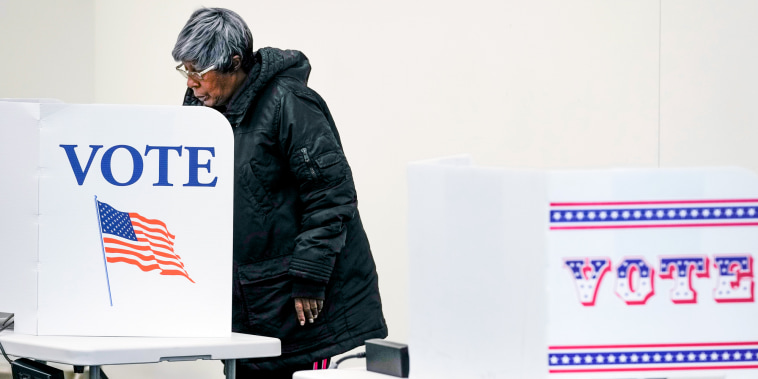
Battle for Senior Votes: Parties Deadlocked on Social Security Support
Polls have consistently shown that older voters prioritize Social Security protections when it comes to determining their political support. Despite this clear preference, party alignment among older voters remains split between Democrats and Republicans. This divide presents both parties with an opportunity to address the needs and concerns of this crucial voting demographic, especially as the population ages and Social Security becomes an increasingly important issue.
The strong desire for Social Security protections among older voters can be attributed to several factors. For many seniors, Social Security benefits represent a vital source of income during retirement, providing financial security and stability in their later years. As life expectancy increases and healthcare costs rise, ensuring the solvency and sustainability of Social Security becomes a top priority for older Americans who rely on these benefits to make ends meet.
The split support among older voters for the two major parties highlights the need for both Democrats and Republicans to prioritize Social Security reform and protection. While Democratic policies tend to focus on expanding Social Security benefits and ensuring the program’s long-term financial health, Republicans often emphasize the need for cost-saving measures and greater fiscal responsibility to sustain the program.
To win over older voters, both parties must find common ground and craft bipartisan solutions that address the challenges facing Social Security. This may involve exploring innovative approaches to funding the program, increasing benefits for those most in need, and adapting to the changing demographics of the aging population.
Moreover, engaging with older voters on Social Security-related issues offers political parties an opportunity to demonstrate their commitment to serving the interests of all Americans, regardless of age or background. By actively listening to the concerns of older voters and incorporating their feedback into policy proposals, parties can build trust and credibility with this influential demographic group.
In an increasingly polarized political landscape, bridging the gap between older voters’ preferences for Social Security protections and party alignment requires a nuanced and strategic approach. By recognizing the importance of Social Security to seniors and working together to develop sustainable solutions, Democrats and Republicans can strengthen their appeal among older voters and secure their support in future elections.
